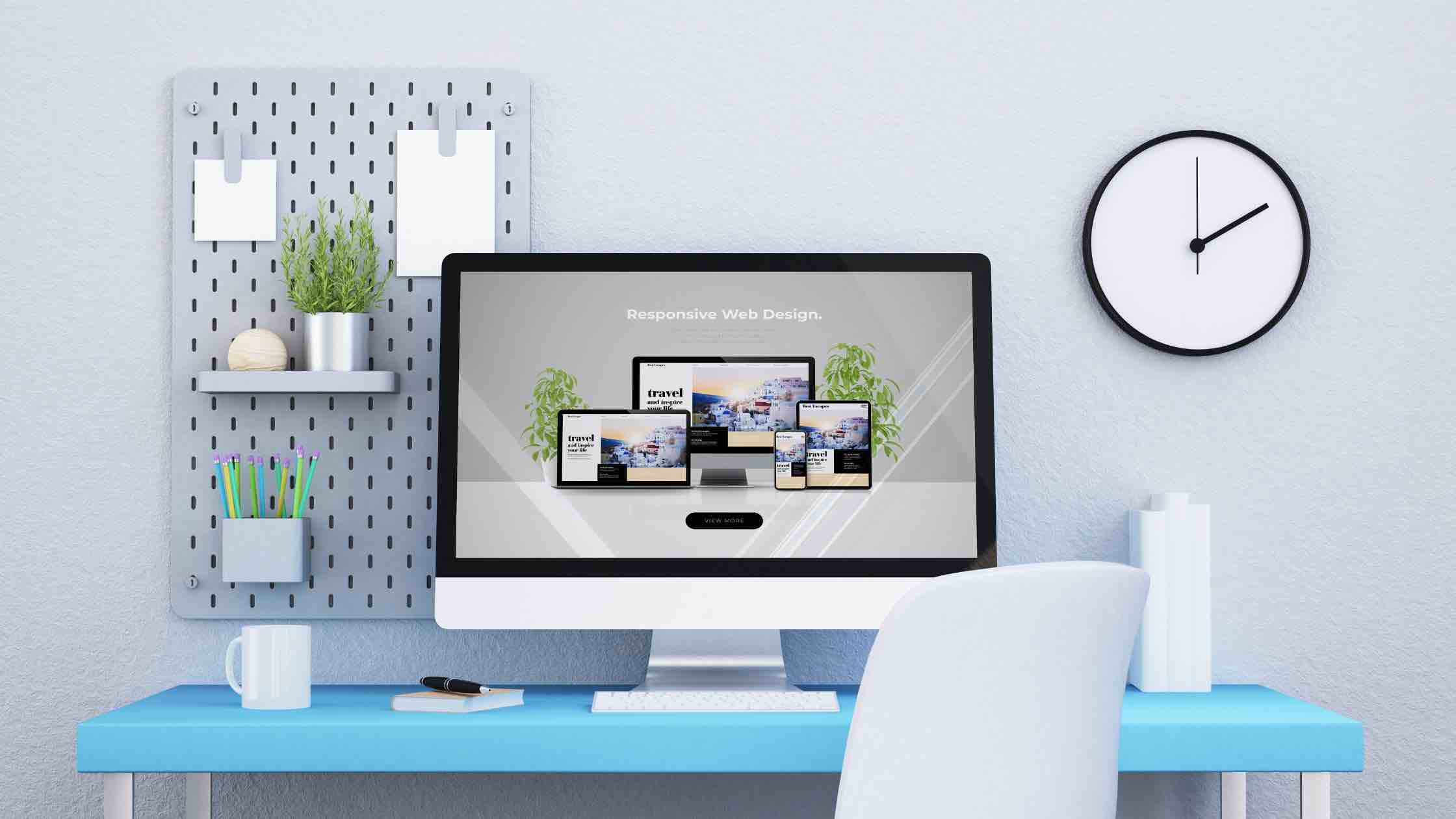Web design and user interface design are constantly evolving as technology advances and user behavior changes.
In recent years, we’ve seen several trends emerge that are shaping the way websites and applications are designed.
Here are some of the top trends in web design and user interface design today.
- Minimalism: Minimalism has been a popular trend in web design for several years now, and it continues to be a dominant force in UI design. Clean, simple designs with plenty of white space and minimal distractions help to focus user attention on the content and functionality of the website or application.
- Mobile-first design: With more and more people accessing the web from mobile devices, mobile-first design has become a necessity. Designing for mobile devices first, and then scaling up to desktop and tablet screens, ensures that the user experience is optimized for smaller screens and slower connection speeds.
- Micro-animations: Micro-animations are small, subtle animations that add a touch of interactivity and delight to user interfaces. They can be used to draw attention to certain elements of a design, indicate a change in state, or provide visual feedback to the user.
- Bold typography: Bold typography is another trend that has been growing in popularity in recent years. Large, bold typefaces are being used to create impactful headlines and call-to-action buttons that grab the user’s attention and help guide them through the website or application.
- Dark mode: Dark mode has become increasingly popular as more and more devices and operating systems offer this option. Dark backgrounds with light text not only provide a stylish and modern look but also reduce eye strain and conserve battery life on devices with OLED screens.
- Voice interfaces: Voice interfaces are becoming more prevalent as voice assistants and smart speakers become more commonplace. Designing for voice requires a different approach, with a focus on natural language processing and intuitive interactions.
- Accessibility: Accessibility has always been important in design, but it’s now more of a priority than ever before. Designers are recognizing the need to make their websites and applications accessible to people with disabilities, including those with visual, auditory, and motor impairments.
In conclusion, web design and user interface design are constantly evolving, with new trends and technologies emerging all the time.
These trends, including minimalism, mobile-first design, micro-animations, bold typography, dark mode, voice interfaces, and accessibility, are shaping the way we design and interact with websites and applications today.
By staying up-to-date with these trends, designers can create user experiences that are both aesthetically pleasing and highly functional.
Read more on Crenov8:
Designing the next big consumer product
Understanding the Design Process for User Experience (UX)
Fostering Innovation through User Experience Design






